ERC - Grants
The European Research Council (ERC) supports excellent scientists from all disciplines in their groundbreaking research projects. Individual researchers can apply for funding for their groundbreaking project ideas in various funding lines (Starting, Consolidator or Advanced Grant), which run for up to five years.

Image: Olivier26/depositphotos
ERC Consolidator Grant - StrangeScatt
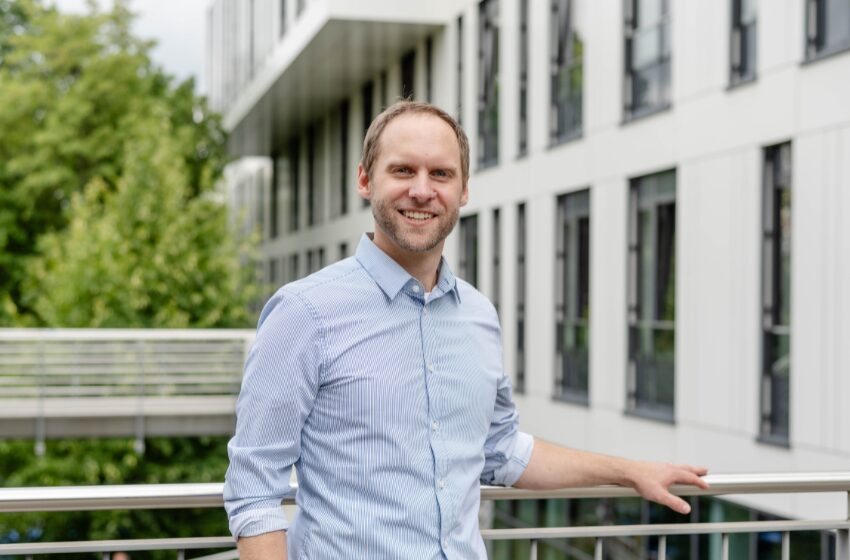
Prize winner: Prof. Dr. John Bulava
(Photo: RUB, Marquard)
Neutron stars are among the densest objects in the universe. The processes inside them are a mystery to particle physics. Observations and theory do not match. This could be due to a lack of understanding of so-called hyperons - particles that have a special component, the strange quark. They are unstable and therefore difficult to study. Prof. Dr. John Bulava from the Ruhr University Bochum wants to get to the bottom of them with the help of computer simulations. The European Research Council ERC is funding his work as part of a Consolidator Grant with almost two million euros for five years. The project "Strange Nuclear Matter from First-Principles Hadron Scattering Amplitudes", StrangeScatt for short, is due to start in June 2024.
ERC Consolidator Grant - Dark100
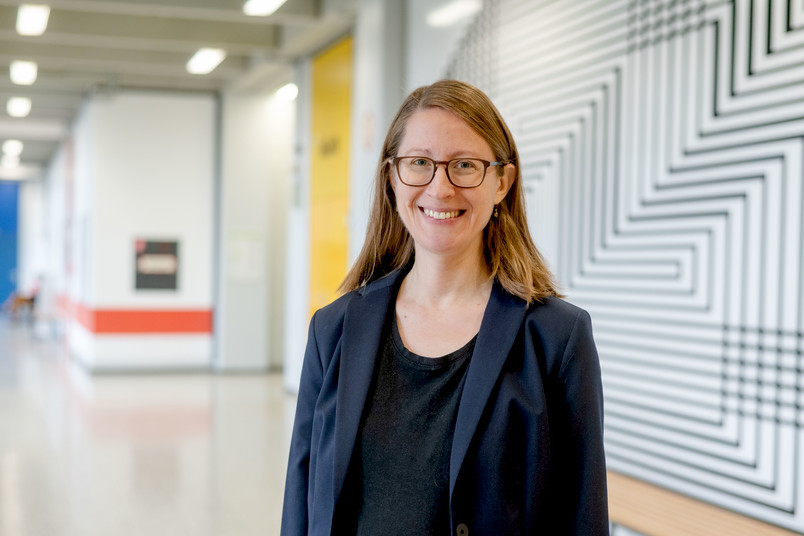
Prize winner: Dr. Elisa Pueschel
(Photo: RUB, Marquard)
Most of the matter in the universe is dark matter. Dr. Elisa Pueschel from the Institute of Astronomy at Ruhr-Universität Bochum is focusing on this in her "Dark100" project: The focus is on a still unexplored mass range of dark matter particles.
Using novel, cost-effective telescope technology, Dark100 will deploy a suite of telescopes capable of studying dark matter extinction and improving the sensitivity of currently operating and planned gamma-ray instruments by an order of magnitude, with unprecedented energy and angular resolution.
Driven by the latest theoretical developments, Elisa Pueschel will search for dark matter particles between 100 teraelectronvolts and several tens of petaelectronvolts. In the Dark100 project, she will thus build up a unique data set of deep gamma-ray observations of astrophysical systems with dark matter. Either the researchers will detect dark matter - or if not, they will set limits on its velocity-weighted annihilation cross section. If it is not detected, dark matter will be excluded for part of the mass range studied, and the theoretical models will be constrained for the entire mass range studied.
The grant is endowed with 2.3 million euros for five years.
ERC Starting Grant - Superconductor
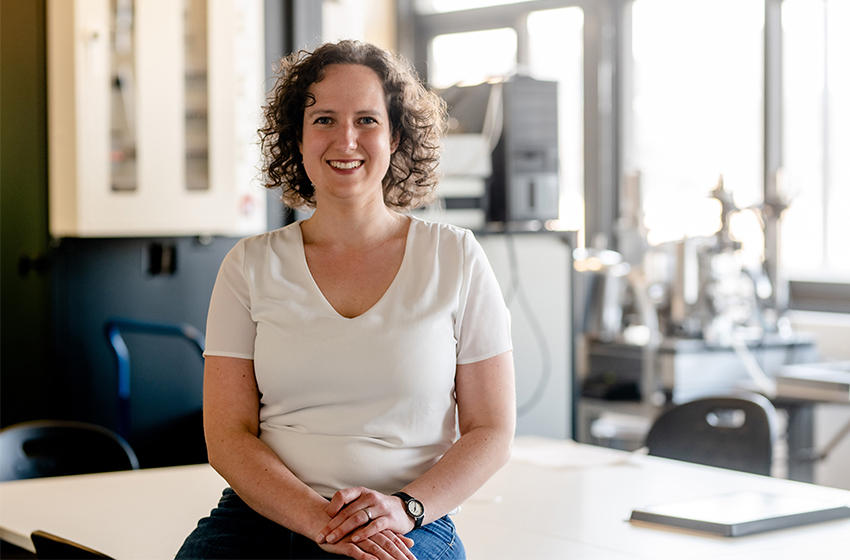
Award winner: Prof. Dr. Anna Böhmer
(Photo: RUB, Marquard)
As part of an ERC Starting Grant, Anna Böhmer is researching special electron states in superconductors. The recently discovered phenomenon raises many questions.
In some materials, electrons adopt an unusual state, the so-called nematic order: they do not move uniformly in all directions, but spontaneously adopt a preferred orientation. Researchers have now described this recently discovered behaviour in several superconductors, i.e. materials that can conduct electricity without loss. So far, however, there has been a lack of high-resolution methods to study such nematic superconductors. Prof. Dr. Anna Böhmer wants to change that within the framework of her Starting Grant.
Both superconductivity and nematic order are based on special electron states. In superconductors, electrons come together in special pairs, which causes the electrical resistance to disappear completely. In nematic order, the electrons lose their spherical symmetry and prefer a certain orientation. The phenomenon of superconductivity has been known for 100 years, but still many aspects are mysterious. Even more puzzling for researchers is the combination of superconductivity and nematic order: Why do nematic order and unconventional superconductivity often occur together? Is there a common mechanism that causes both nematic order and superconductivity? A new method should help to explore these questions.
The Starting Grant is endowed with 1.5 million euros. The project will start in 2023.
ERC Consolidator Grant - COSMIC LITMUS
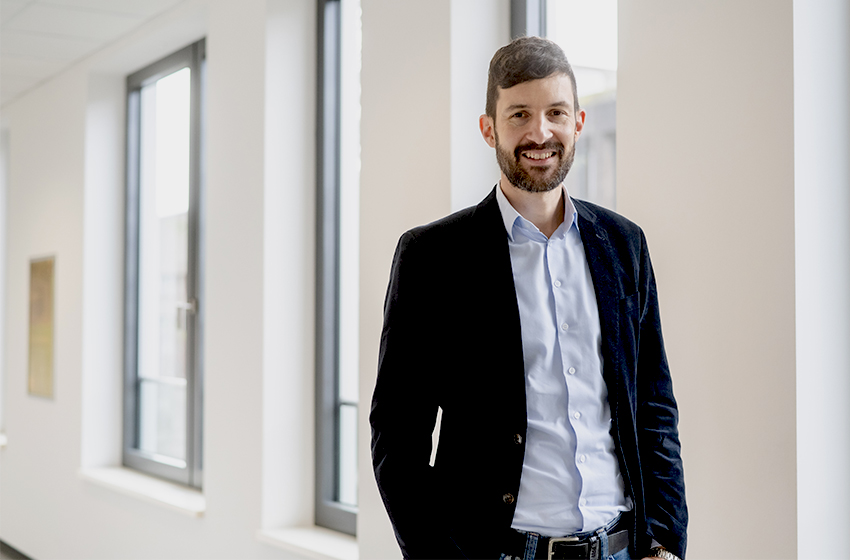
Award winner: Prof. Dr. Hendrik Hildebrandt
(Photo: RUB, Marquard)
In recent years, measurements of the weak gravitational lensing effect have revealed discrepancies in cosmological parameters whose uncertainties were previously severely constrained by the Planck Cosmic Microwave Background (CMB) mission.
With this ERC Consolidator Grant, Prof. Dr. Hendrik Hildebrandt will dedicate himself to the essential task of calibrating photometric redshifts. The proper determination of this parameter is essential for current gravitational lensing studies as well as for the success of future missions, such as the evaluation of data from the Euclid telescope planned by NASA and ESA. The successful calibration of photometric redshifts will significantly improve the significance of cosmic shear for cosmology and will continue to result in uncertainties smaller than those that CMB measurements can provide today for the dark matter clumping factor.
Ultimately, this work will represent a milestone in the history of cosmology - either by resolving the previously mentioned discrepancies, or by demonstrating the need for a completely new cosmological model.
ERC Advanced Grant - Exploring the Strong Interaction
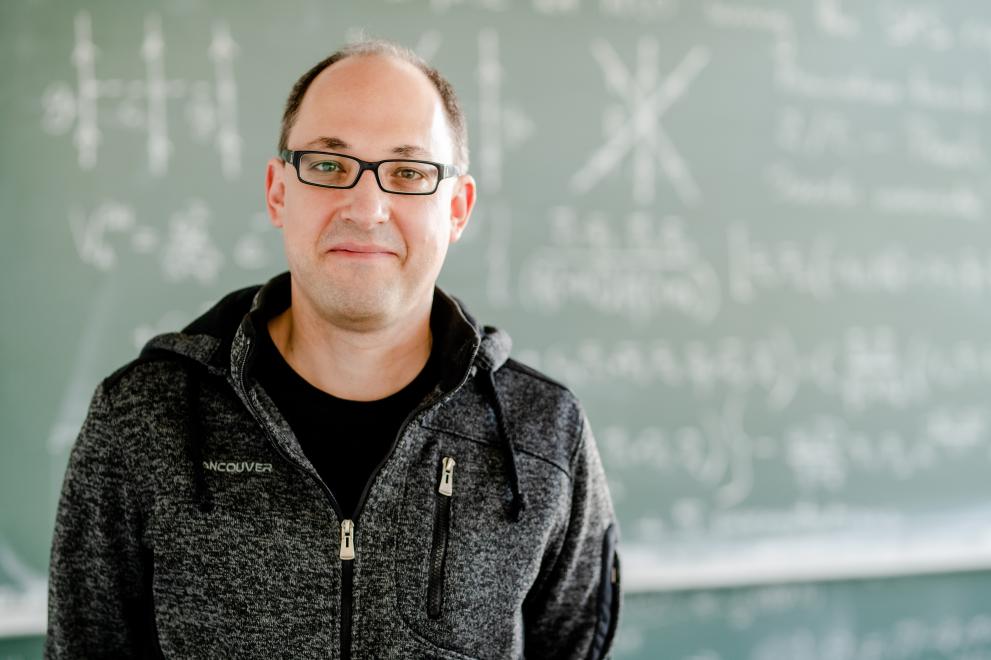
Award winner Prof. Dr. Evgeny Epelbaum
(Photo: RUB, Marquard)
Understanding the origin and properties of complex structures such as atomic nuclei from quantum chromodynamics (QCD), i.e. the underlying theory of the strong interaction, remains a major challenge in physics today. It is also relevant to fundamental questions such as the origin of the elements, the limits of nuclear stability, the search for physics beyond the Standard Model and the physics of neutron stars. Answering these key questions requires a detailed understanding of the interactions between nucleons.
It is well established that nuclear forces are dominated by pairwise interactions, which are relatively well understood. This allows the properties of the simplest nuclear system, which consists of only two nucleons, to be calculated in accordance with experimental data. For heavier systems, however, one must take into account more complex interactions between three (and more) nucleons. Such three-body forces, on the other hand, are not yet well understood and represent a bottleneck for ab-initio descriptions of atomic nuclei. In fact, even in the three-nucleon system, there are still large discrepancies between theory and experiment.
This ERC project aims to solve the challenge related to three-nucleon forces by means of a theoretical approach known as effective field theory (EFT). This approach, which can be systematically improved, is based on symmetries and has broad applications in particle physics. Recently, we succeeded in describing the forces acting between two nucleons very precisely with this formalism. Within the ERC project, we will now apply the EFT to derive the corresponding three-body forces and analyse the available experimental data for nucleon-deuteron scattering. This will provide new insights into the long-standing puzzles in the three-nucleon system (i.e. theory deficiencies vs. inconsistent experimental data) and, if necessary, guide dedicated experiments to resolve remaining discrepancies. Furthermore, we will conduct large-scale ab-initio studies of more complex systems to explore the relationships between nuclear forces and their properties. Such ab-initio simulations can provide insights into areas that are not accessible to experimental research. For example, it is possible to explore how the properties of atomic nuclei or processes in stars depend on natural constants - such as quark masses.
In summary, the planned studies will provide an important contribution to the establishment of a rigorous, fully microscopic and predictive theoretical approach to nuclear structure and reactions based on the symmetries of QCD.

